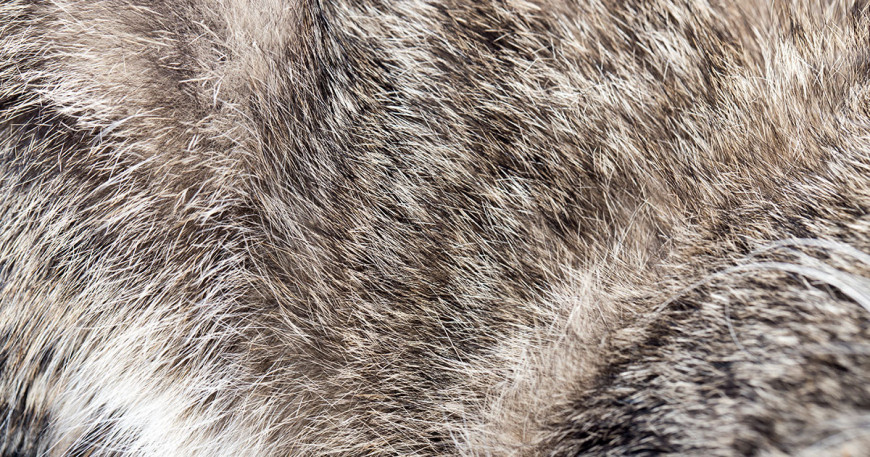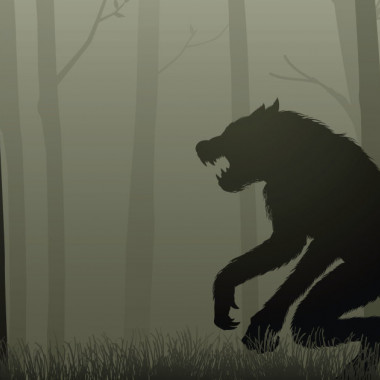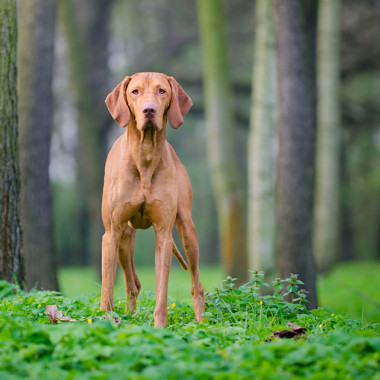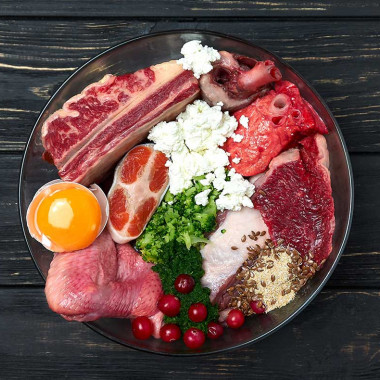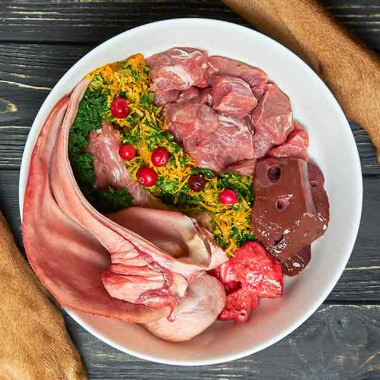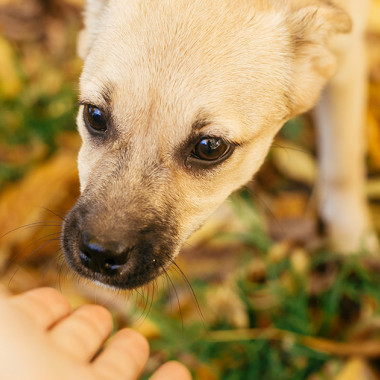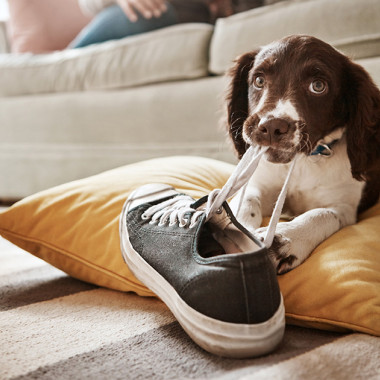Shedding or the replacement of a dog's coat is a natural process. It occurs most commonly in spring, when dogs shed their old coat, but also in autumn. Year-round shedding is common in dogs living indoors. There are also breeds that shed minimally, such as Poodles, Maltese, Soft Coated Wheaten Terriers, and Bichons. Shedding is nonexistent in hairless breeds since they are naturally without fur. However, their skin requires regular bathing and moisturizing. These dogs are suitable for people allergic to dog fur. Dogs with long hair and thick undercoats shed in large clumps. Although it may seem like there are more hairs on your floor than on the dog, this is not considered extreme shedding. This mostly applies to breeds like Spitz or Golden Retrievers. A dog's coat helps with thermoregulation and protection against parasites and unwanted microorganisms.
Shedding as a Symptom of Illness
Excessive hair loss in dogs can indicate certain illnesses. Excessive shedding is most commonly seen with poor diet, kidney disease, adrenal gland disease, liver disease, thyroid disorders, allergies, or parasite infestations. A dog that is constantly scratching, licking, is nervous or even apathetic, has bald spots, red skin, scales, or sores should be taken for an examination to determine the correct diagnosis and timely treatment.
Almost everyone who owns a dog has asked themselves how to prevent shedding. Since it is a natural process, it cannot be completely prevented. Just as people lose hair, dogs change their coat. Shedding can only be accelerated, for example, by daily brushing, warm (not hot) and frequent bathing, and suitable supplements to support coat growth and quality.
Quality Nutrition as the Foundation of Healthy Skin
To maintain proper skin function and coat quality, dogs need a high-quality diet with plenty of vitamins and minerals. Important vitamins for dog coats include vitamins A, E, C, H, and the B vitamin group. Omega-3 fatty acids and zinc are also crucial. In this regard, the BARF diet provides the best way to ensure all the necessary vitamins for a dog’s coat. BARF provides vitamin A only in animal-based foods such as fish, liver, and egg yolk. Plant-based foods contain only provitamins (carotenes) from which animals have to produce vitamin A. These plants, such as carrots, spinach, pumpkin, apricots, and peppers, should be steamed and grated before being fed to make the provitamin more digestible. Sources of vitamin E include wheat germ, nuts and seeds, egg yolk, liver, cold-pressed oils, and leafy vegetables. Vitamin C is found in rose hips, citrus fruits, peppers, carrots, acerola, broccoli, tomatoes, black currants, spinach, and cranberries. Vitamin H (biotin) is present in beef liver, tomatoes, egg yolk, and cauliflower. B vitamins are found in meat, offal, yeast, dairy products, and some fruits and vegetables.
If you want to accelerate shedding or your dog has a dull coat, you can help with supplements such as oils or herbs.
